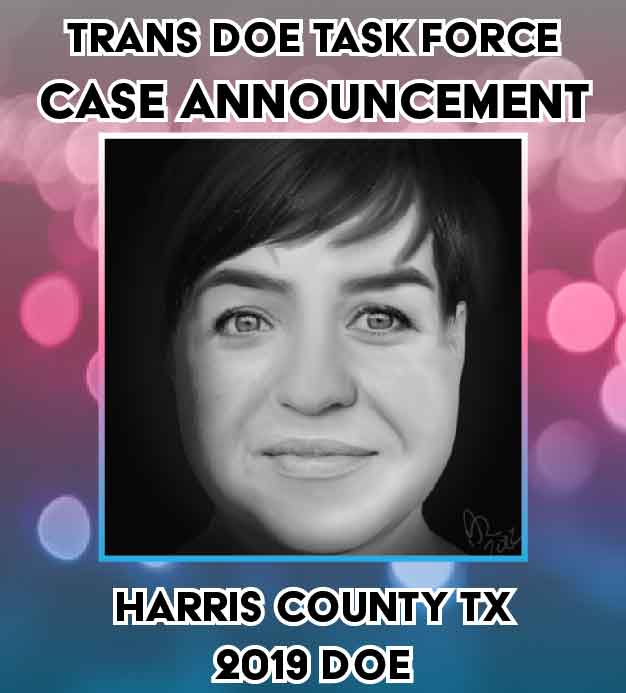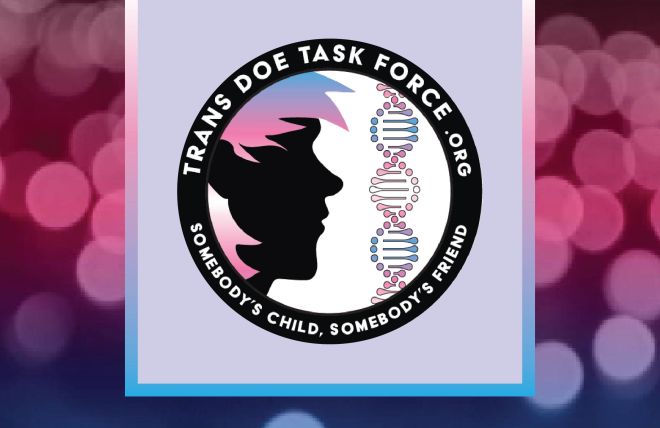William Joseph Lewis, nicknamed “Bill”, was born on October 13th, 1963. Described as a quiet person by his siblings, Bill was a football player for his high school team until he broke his left leg, leading him to withdraw from school. He was last seen by relatives in Houston, Texas in February of 1982, where he attended a friend’s funeral and left afterward to return to Indiana. Following this, his family did not hear from Bill again, and have spent the ensuing decades searching for him.
From Bryan Worters, senior intern team lead, Redgrave Research Forensic Services
On October 15th, 1983, skeletal remains were discovered on a private plot of land in Jasper County, Indiana in a rural area outside of Rensselaer by a man checking and setting fox traps. Authorities arrived on the scene, and officials determined that the remains belonged to that of a white male with shoulder-length reddish-brown hair, approximately 18 to 26 years of age, who was the victim of a homicide. Despite the best efforts of investigators, he remained unidentified.
About a decade later in 1994, convicted and imprisoned serial killer Larry William Eyler confessed to his attorney, Kathleen Zellner, that he had killed the John Doe along with 20 other young men and boys. Eyler stated that he had picked up the young man around the weekend of November 20th, 1982 along US Route 41 in the Vincennes area, and driven him several hours north to Jasper County, where he would later be discovered. Eyler was unable to provide a name or relevant information about the identity of the victim, but authorities concluded that he was responsible for the man’s death based on the confession.
Jasper County John Doe was confirmed to be Bill Lewis on December 2, 2021. Prior to this, the Trans Doe Task Force included Jasper County John Doe in the LAMMP database. Redgrave Research, who oversaw the forensic genetic genealogical work, assigned an all LGBTQ+ and informed Ally genealogy team to his case in the event that the deceased was found to be a member of the LGBTQ+ community, since Eyler was known to look for victims who were often young gay men. We knew, as with almost all of the cases we track, that there was no way to know for sure that the John Doe was part of the LGBTQ+ community. This is why we rule cases in, rather than out; observational bias is a major contributor to cases being deprioritized. This is also the case when perceived gender difference leads to violence against people who are not members of the LGBTQ+ community. In an effort to be a counterweight to these issues, and knowing that there is a wide presentation of signs that a person might be a member of our community, we don’t want to miss anyone. Every identification matters, and everyone deserves to have their name back and have their story be told. Following this success story, we are building a TDTF genealogy team for future TDTF/LAMMP cases.
Upon Bill’s identification, there is no evidence to suggest that he was LGBTQ+. He was simply a young man hitchhiking home, which was not unusual for the time, and he was in the wrong place at the wrong time and became a victim.
We offer our condolences to Bill’s family and friends, and we are humbled to have played a part in bringing him home to a family that loved him very much.








